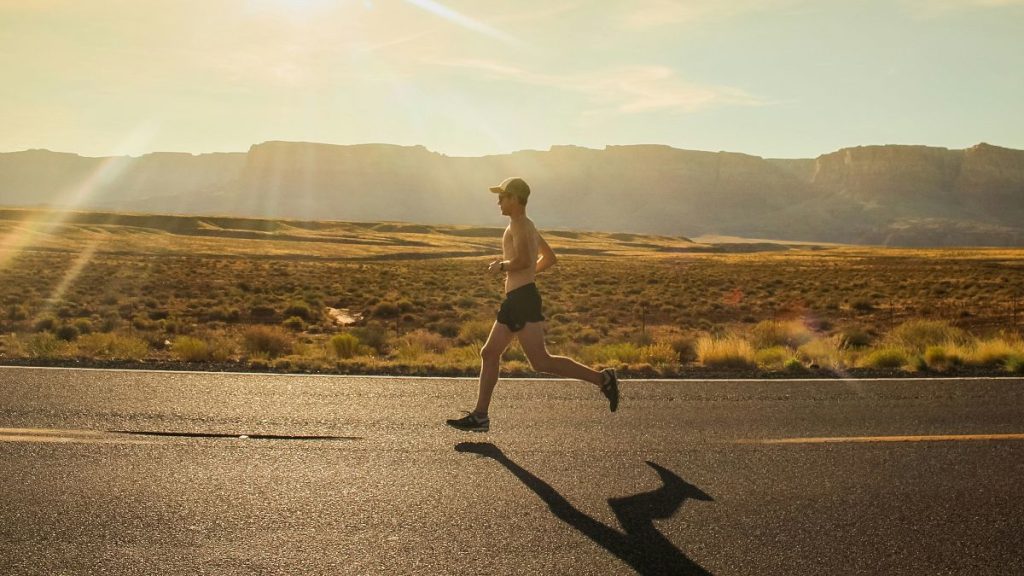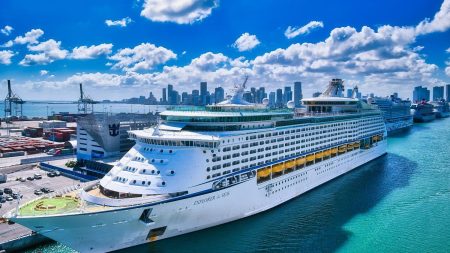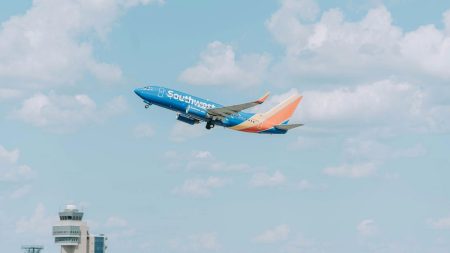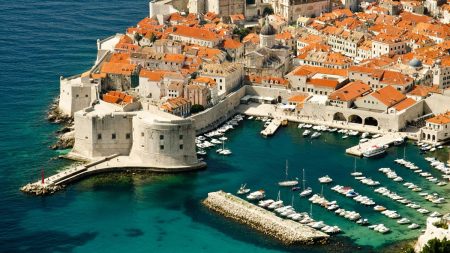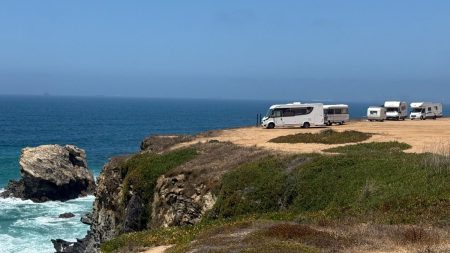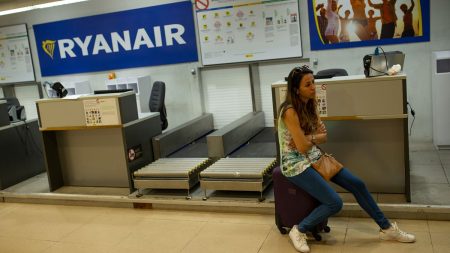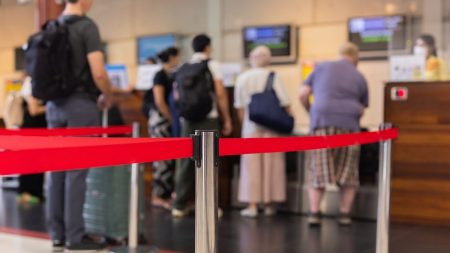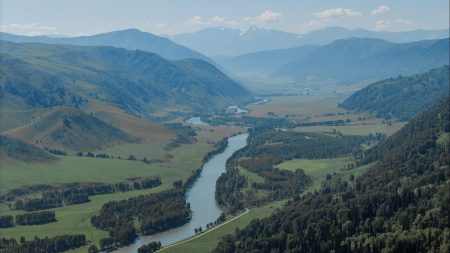The convergence of fitness and wanderlust has given rise to a burgeoning trend: “race-cations,” where runners are increasingly transforming their race schedules into opportunities for exploring exotic destinations. This phenomenon, also referred to as marathon tourism, reflects a shift in the motivations of runners, who now prioritize experiences and personal growth alongside achieving athletic goals. The traditional focus on completing a marathon near home has expanded to encompass a desire for adventure, cultural immersion, and the creation of lasting memories in unique locations. This shift is fueled by factors such as increased work-life flexibility, a growing emphasis on health and wellness, and a yearning for purposeful leisure activities. Marathon tourism provides a fulfilling outlet for these desires, offering a blend of physical challenge and exploration that resonates with a growing segment of the running community.
The escalating popularity of race-cations is evident in the data. Running apps and industry surveys reveal a significant increase in marathon and ultramarathon participation, coupled with a clear preference for races in desirable locations. The allure of combining a personal challenge with travel experiences is driving this trend. Runners are motivated by the prospect of exploring new environments, pushing their physical limits, and sharing these adventures with like-minded individuals. This desire for transformative experiences goes beyond simply earning a finisher’s medal; it’s about the journey, the personal growth, and the stories accumulated along the way. This new breed of runner isn’t just looking to finish a race, but to experience a place, its culture, and the camaraderie of fellow runners.
The economic impact of marathon tourism is substantial and growing. Major marathons like those in New York City, Paris, Berlin, London, Chicago, and Tokyo attract tens of thousands of participants and generate hundreds of millions of euros in local spending. However, the benefits extend beyond the “Big Six.” Smaller races worldwide are also experiencing a surge in tourism around race days, demonstrating the widespread appeal of this trend. Destinations are capitalizing on this growing market by developing new events designed to entice runners and their travel companions. These events often incorporate local culture, scenic routes, and unique experiences, further enhancing the appeal of marathon tourism. The ripple effect of this increased tourism extends to hotels, restaurants, local businesses, and attractions, contributing significantly to the local economy.
The appeal of marathon tourism lies in the unique synergy of physical challenge and travel exploration. Runners seek experiences that push their boundaries, both physically and mentally, while immersing themselves in new cultures and environments. The combination of demanding physical exertion with the thrill of discovering new places creates a potent recipe for personal transformation. Running through unfamiliar terrain, whether mountainous landscapes or desert heat, amplifies the sense of accomplishment and personal growth. The challenges faced during these races, combined with the unique backdrop of each location, create indelible memories and a deeper connection to the experience.
Roel Spierings, a psychologist, ultramarathoner, and running coach, emphasizes the psychological benefits of combining extreme physical challenges with travel. He notes that running, inherently a vehicle for self-discovery, becomes even more transformative when coupled with a new and unfamiliar environment. Experiences like running alongside wildlife in Kenyan national parks or traversing the breathtaking UNESCO-protected route of the Eiger Ultra Trail in Switzerland highlight the profound impact of combining physical exertion with stunning natural landscapes. These immersive experiences create lasting memories and foster a deeper appreciation for both the physical challenge and the surrounding environment.
Successfully balancing the dual aspects of vacation and competition requires careful planning and preparation. Spierings recommends arriving at the destination several days before the race to acclimatize to the time zone and weather conditions. This allows the body to adjust and minimizes the risk of jet lag and other travel-related issues impacting performance. Pre-race preparation should also include organizing gear, ensuring adequate sleep, and maintaining a consistent diet. Avoiding drastic changes to routines, especially dietary habits, in the days leading up to the race is crucial for optimal performance. The focus should be on maintaining established routines and enjoying the experience rather than implementing last-minute changes that could be detrimental. Ultimately, the combined challenges of travel and competition make the final achievement all the more rewarding, creating a sense of accomplishment that is amplified by the shared experience with fellow runners in a unique and memorable setting.




